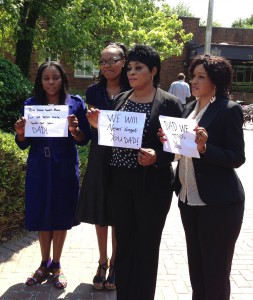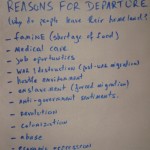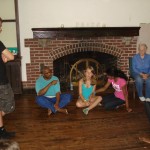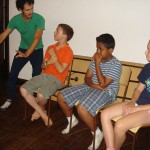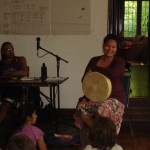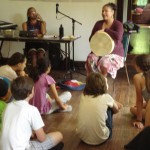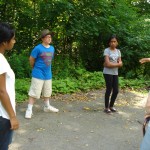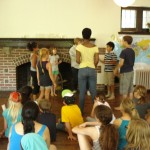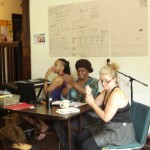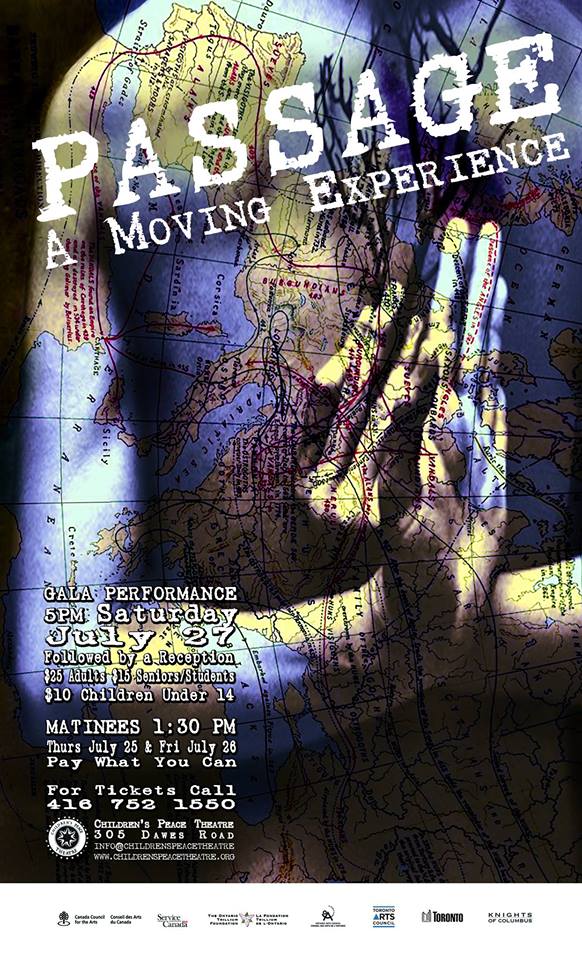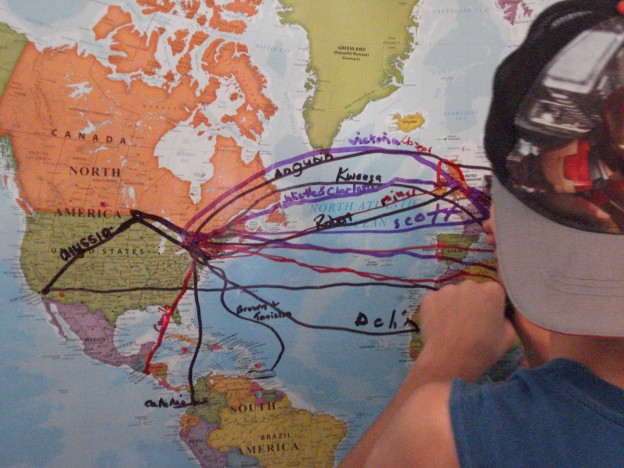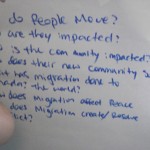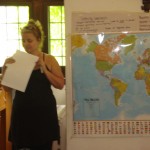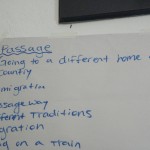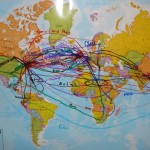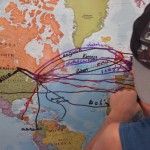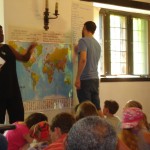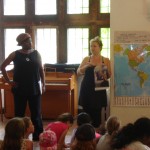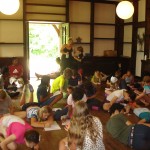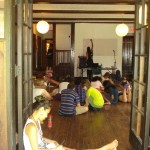Brownman Ali
Born on the island of Trinidad, schooled in NYC and now based in Toronto, Brownman Ali is heralded by the New York Times as ”Canada’s preeminent jazz trumpeter”. This highly in demand multi-award winning artist makes time each July in his frenetically busy touring schedule to be the Musical Director for the Toronto Children’s Peace Theatre. 2013 marks his fourth year as the Musical Director for CPT. When asked why he continues to come back year after year — most recently on the tail end of touring with the legendary Paul Simon — he states, “there’s real magic happening here. These kids never fail to astound me with what they’re capable of. Each year I push them just a little harder, and they’re capacity seems boundless. As corny as it may sound — I keep coming back because these kids are the future, and I’m honored to be in a position here to maybe foster and nurture that evolution just a little bit”.
When not at CPT Brownman tirelessly leads 7 unique ensembles of his own including the internationally acclaimed Miles Davis influenced BROWNMAN ELECTRYC TRIO, and the award-winning CRUZAO latin-jazz quintet. In high demand in the the studio world with over 300 CD appearances to date, Brownman delivers stylistically authentic horn playing over a wide range of styles from bebop to hiphop having worked with the likes of Guru’s Jazzmatazz (replacing Donald Byrd in that primordial ensemble), Mos Def, KRS-1, Quincy Jones, Paul Simon, Mingus Dynasty Big Band, Gary Bartz, Chucho Valdes & far too many more to name here. He is considered to be one of the most unique and provocative improvising trumpet players in the nation today and is widely regarded as a vanguard for the evolution of Jazz in Canada. A highly decorated player, his accolades include 2 National Jazz Awards (and 11 nominations over the years), a CBC Galaxie Rising Star award, a SOCAN composers award, a Toronto Independent Music Award, an induction into the WHO’S WHO IN BLACK CANADA, a BRAVO! channel documentary on his life, NOW magazine naming him “Toronto’s Best Jazz Musician”, CBC Radio Canada named him “one of the most recorded trumpet players in Canadian history”, the Trinidad & Tobago Consulate General awarded him with a citation for being a “Distinguished National of Trinidad”, and is listed by Air Canada as one of the “Top 10 reasons to visit Toronto.” For more on this dynamic artist please visit: Official website: www.Brownman.com ; Facebook: www.FB.Brownman.com ; YouTube: www.YouTube.Brownman.com
Molly Tsukitis
Molly is from a Scottish family where the oral tradition is strong. She is currently the Storyteller in Residence at The Children’s Peace Theatre Toronto. She has offered storytelling workshops for TESL Ontario, Teacher Professional Development Days, The Little Children of the World and other locations abroad such as Tennessee and the Philippines. You can read more about Molly here @ www.inspiredharmonyproject.org



